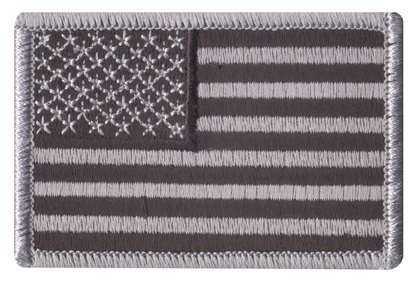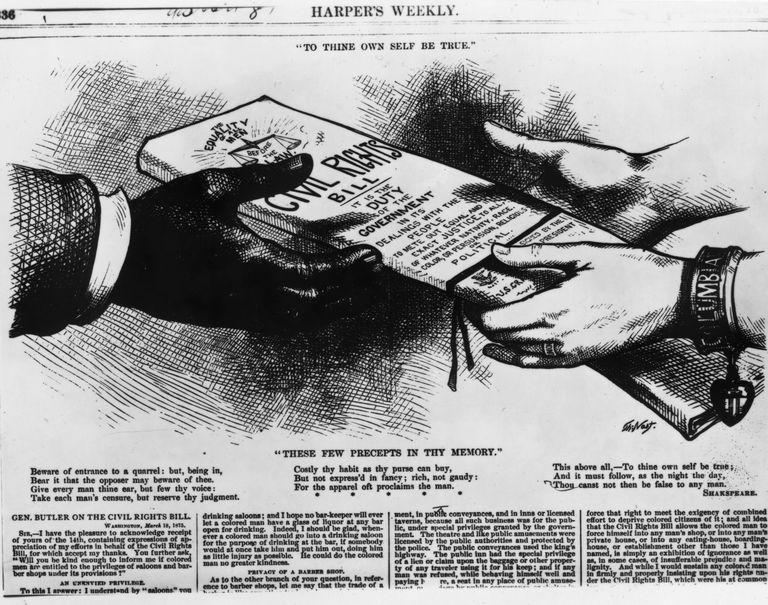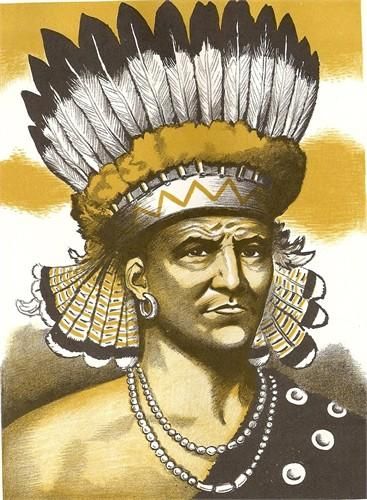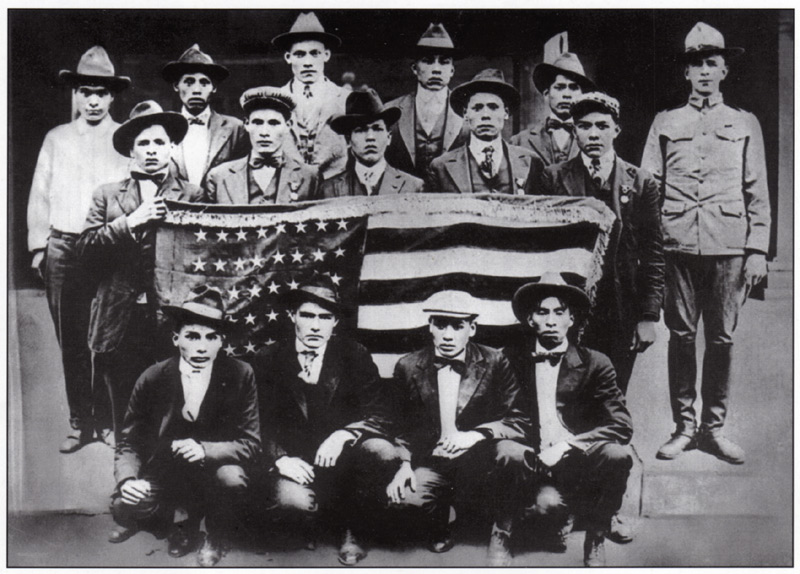Indian Events of 1666

By 1666, it was evident to the Indian nations in the eastern portion of North America that European colonization (French and English) was not a passing fad, but was a force that was changing the Indian way of life as well as the natural landscape.
French
The French saw that their best opportunity for economic gain was to be found in the fur trade in which their Native American trading partners would retain their autonomy and provide them with furs. The French explorers quickly established trading relations with the Native nations. The French learned Indian languages, intermarried with them, and learned and adopted Indian ways. Even the French Christian missionaries learned the Indian languages.
In 1666, a massive force of regular French soldiers, local militia, and Christian Indians set out from French Canada (New France) to wage war against the Mohawk in New York. Four Catholic priests accompanied the force of 1,400 men. They destroyed and plundered several Mohawk villages, burning the food supplies. The Mohawk offered no resistance, but fled into the forests. While no Mohawk were directly killed by the invading force, the timing of the attack—in the fall—meant that they did not have time to replant their fields or gather enough food for the coming winter. According to Conrad Heidenreich in his chapter in North American Exploration:
“Although few Mohawks were killed, their villages and food supplies were totally destroyed and their lands claimed for France by right of conquest.”
The Mohawk made peace and asked that the French send them missionaries.
In New York, the Cayuga sent a delegation to Quebec to ask the French for missionaries.
English
Prior to the establishment of English colonies in North America, the only English experience with colonialization had been their invasion, conquest, and occupation of Ireland. The English therefore brought their Irish experience to America and treated Indians in a manner similar to the way in which they had treated the Irish. The English had no interest in Indian rights: Indian people were simply inconvenient occupants of land desired by the English.
The Susquehannock renewed their peace treaty with the Maryland colonies. Signing the treaty for the Susquehannock were Wastahunda, Harignera, and Gosweinquerackqua.
In Connecticut, the English magistrates, concerned about conflicting claims for hunting lands by the Podunk under Arramament and the Mohegan under Uncas, intervened to establish a boundary line between the two groups.
In Connecticut, colonial authorities formally set aside 3,000 acres of land at Mashantuket west of Long Pond for the Western Pequot under the leadership of Robin Cassacinamon.
Reservations were created for the Shinnecock, Poosepatuck, Montauk, and Unquachog on Long Island.
In Maryland, the Conoy signed a peace treaty with the English colonists.
In Massachusetts, John Eliot’s The Indian Grammar Begun was published. In this work, Eliot notes that there were two kinds of Indian nouns: those which indicate something which is living or animate and those which indicate that something is inanimate.
Other
In Virginia, the Weyanoke abandoned their principal village of Warekeck because of constant attacks by the Nottoway and Tuscarora.
In Wisconsin, three Ottawa bands had now joined together in a common village.
In Wisconsin, the Mascouten, Kickapoo, Miami, and Illinois occupied a large village about 70 miles from present-day Green Bay.



